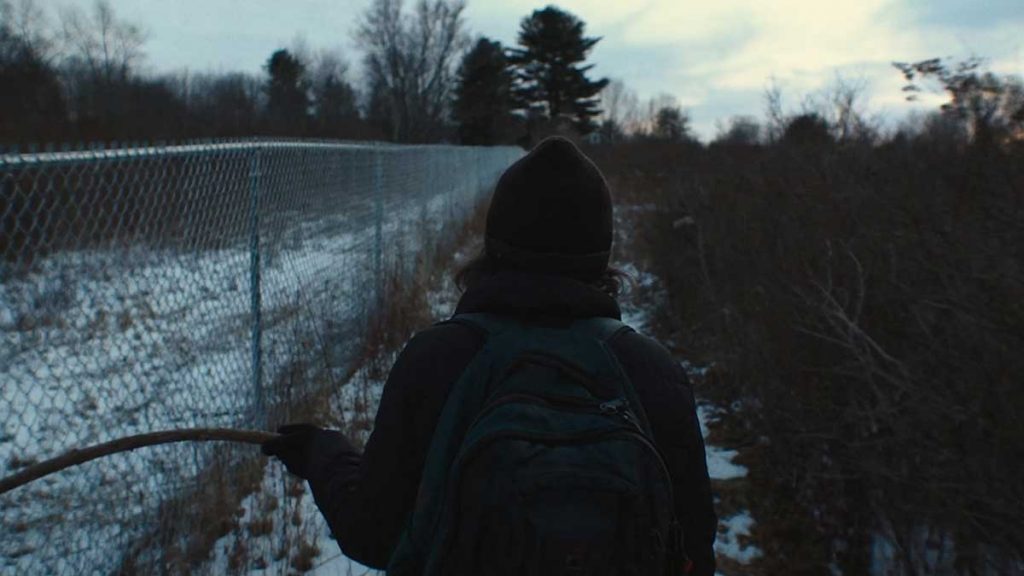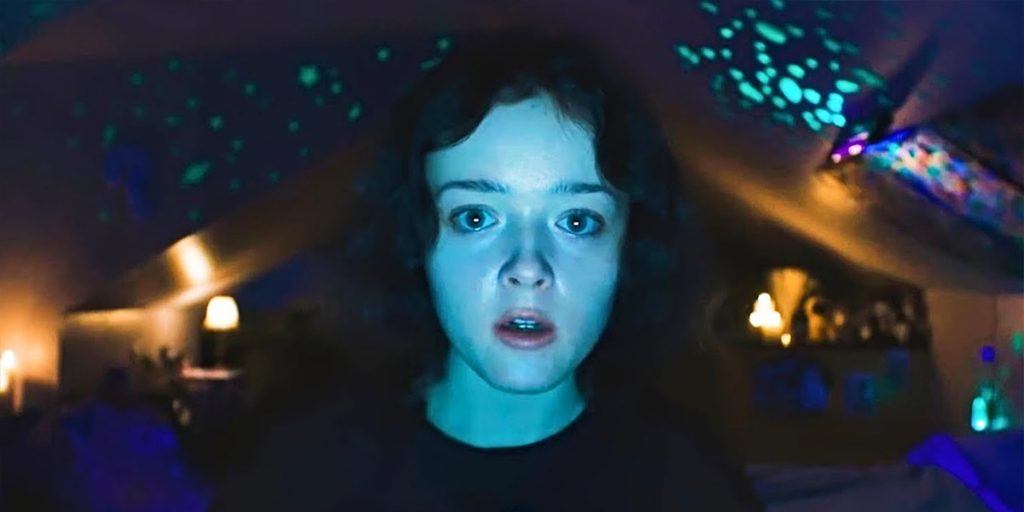We’re All Going to the World’s Fair is an effective, disturbing horror film that questions both the alienating impact of the Internet and the line between fiction and reality.
If you have spent enough time online, you will have come across a creepypasta. It’s a horror story usually centred around an urban legend, posted onto the web by a user to scare readers. Probably the most well-known creepypasta figure is Slender Man, who exploded in popularity in the early 2010s and even had a film adaptation produced by Sony in 2018. Unfortunately, by that time, the Slender Man story became linked to a near-fatal stabbing incident in Wisconsin in 2014. When that happened, one poster wrote a post called Fiction, Reality and You to try and distance creepypastas from the incident. In it, they wrote: “There is a line of [sic] between fiction and reality, and it is up to you to realize where the line is.” Interestingly, that line between fiction and reality is a key part of We’re All Going to the World’s Fair, a new film inspired by creepypastas and the alienating impact of the Internet.
We’re All Going to the World’s Fair begins with teenager Casey (Anna Cobb) in her darkly lit bedroom. In a video to her followers, she explains that she is about to take on The World’s Fair Challenge. It is a massive multiplayer online role-playing game (MMORPG) touted as the Internet’s scariest horror game. All you have to do to take part is prick your thumb, watch a flashing video and repeat “I want to go to The World’s Fair” multiple times – similar to the Bloody Mary legend. Players then record themselves describing their symptoms. Casey does the same, revealing a plethora of physical and psychological changes. But are they real, or is Casey going along with the game? Meanwhile, a mysterious man named JLB (Michael J Rogers) contacts her with a disturbing message: “You Are In Trouble”. He has devoted his time to The World’s Fair and claims to be able to help her.
We’re All Going to the World’s Fair is most certainly a digital film, and its creative presentation allows for a whole range of digital mediums that indicate the explosion of Internet culture in the last decade and a half. The culture that created vlogging and creepypastas, letting us live a life online or carve a new identity. One digital medium used is an ASMR video, which Casey puts on to fall asleep. There’s an ASMR quality to the whole film. Soft, delicate sound design helps make the film more natural and – when we hear Casey’s face grind against her pillow – more unnerving.

The film’s opening credits go out of their way to tell you that Anna Cobb is “in her feature film debut” here. It is clear why that distinction is needed. As Casey, Cobb gives an incredibly composed and committed performance that is astonishing for someone in her first role. At first, she is the perfect embodiment of an awkward teenager. Shy and reserved, cuddling her toy lemur because she is still scared of the dark, openly admitting to not being comfortable talking to other people. But as Casey goes down this rabbit hole, Cobb’s performance morphs into a split-personality role. She veers between vulnerable and quietly ominous, her vacant looks into the distance turning into cold stares at the camera.
We’re All Going to the World’s Fair is also the feature debut of director, writer and editor Jane Schoenbrun. Their style is to let scenes linger, whether through long takes or static shots from the perspective of Casey’s webcam. They seem to be building towards a jump scare in each scene – only to subvert. There are no jump scares or conventional horror moments, but there is always a sense of uneasiness and tension. Furthermore, Schoenbrun leaves a lot to interpretation. They sometimes switch the perspective to JLB, noting the similarities between him and Casey. He watches the same vloggers as her; he lies on his bed as she does. But as the middle-aged JLB consistently tries to make Casey is OK, could he have sinister intentions? The film does just enough to make you second-guess.
There is a theme of losing control. One strange effect of The World’s Fair is the loss of body control. One video shows a player slapping himself on a treadmill, an involutory spasm he does not seem to know is happening. However, the main theme is the line between fiction and reality. The Internet has blurred that line exponentially, allowing anyone to do anything or be anyone. Therefore, every player’s effect or symptom could be a sign of The World’s Fair or some convincing acting and creativity that is part of the game’s role-playing. Casey seems convinced she is changing, saying, “I can feel myself leaving my body – like it’s making me someone else.” So is she changing? Is she carving out a different identity? Is it paranoia? What’s real and what isn’t? Again, the film leaves a lot to interpretation.
If I had a complaint, the film loses steam in some places. Nevertheless, We’re All Going to the World’s Fair is an effective and disturbing horror film. With their DIY digital style, Jane Schoenbrun creates a film that is deliberately paced and unsettling in equal measure. As a result, it allows the film to question reality, teenage disaffection, online identity, and the alienating impact the Internet can have. Particularly on Casey, a disaffected teen of many and someone looking for something away from her quiet and droll life. What she finds is comfort online – even if the psychological consequences are troubling.
We’re All Going to the World’s Fair is now available to watch on digital and on demand. Watch We’re All Going to the World’s Fair!

